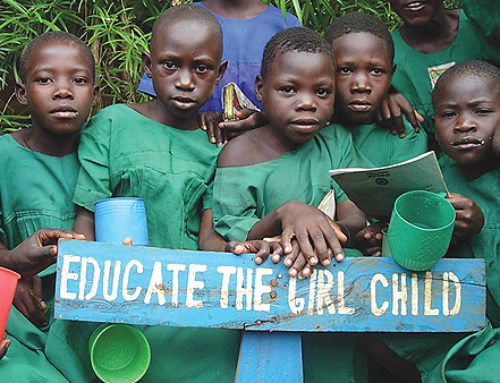By Claudia Costin, Senior Director of Education at the World Bank, Silvia Montoya, Director of the UNESCO Institute for Statistics and Karen Mundy, Chief Technical Officer at the Global Partnership for Education.
On International Women’s Day, let’s remember the challenges girls face in education
What would your life be like with only five years of schooling? For many girls around the world, this is the most education they can expect and they are the lucky ones. Across Africa, 28 million girls between the ages of about 6 and 15 are not in school and many will never even set foot in a classroom.
Sunday is International Women’s Day, an occasion to celebrate the tremendous progress achieved in securing access to a basic education for girls in the poorest countries. But for us, it is also a stark reminder of the millions of girls who are being left behind.
We live in a world where violent extremists are bent on destroying the lives of school girls, their families, and communities. And beyond the horror, we see the daily grind of poverty forcing girls to sacrifice their right to education and hope for a better life.
We know educating girls means a world of more educated women who tend to be healthier, earn more income, have fewer children, and provide better health care and education to their own children, all of which can lift households out of poverty.
Breaking down the barriers is a joint effort
Our respective organizations are committed to getting all children in school and learning and much progress has been made over the past 15 years, especially on attainment. Examples include Uganda’s free universal secondary education policy (the first in sub-Saharan Africa) and Ghana’s capitation grants. However, at a global level, while the share of children out of primary school has fallen from 15% to 9% since 2000, little progress has been achieved since 2007.






